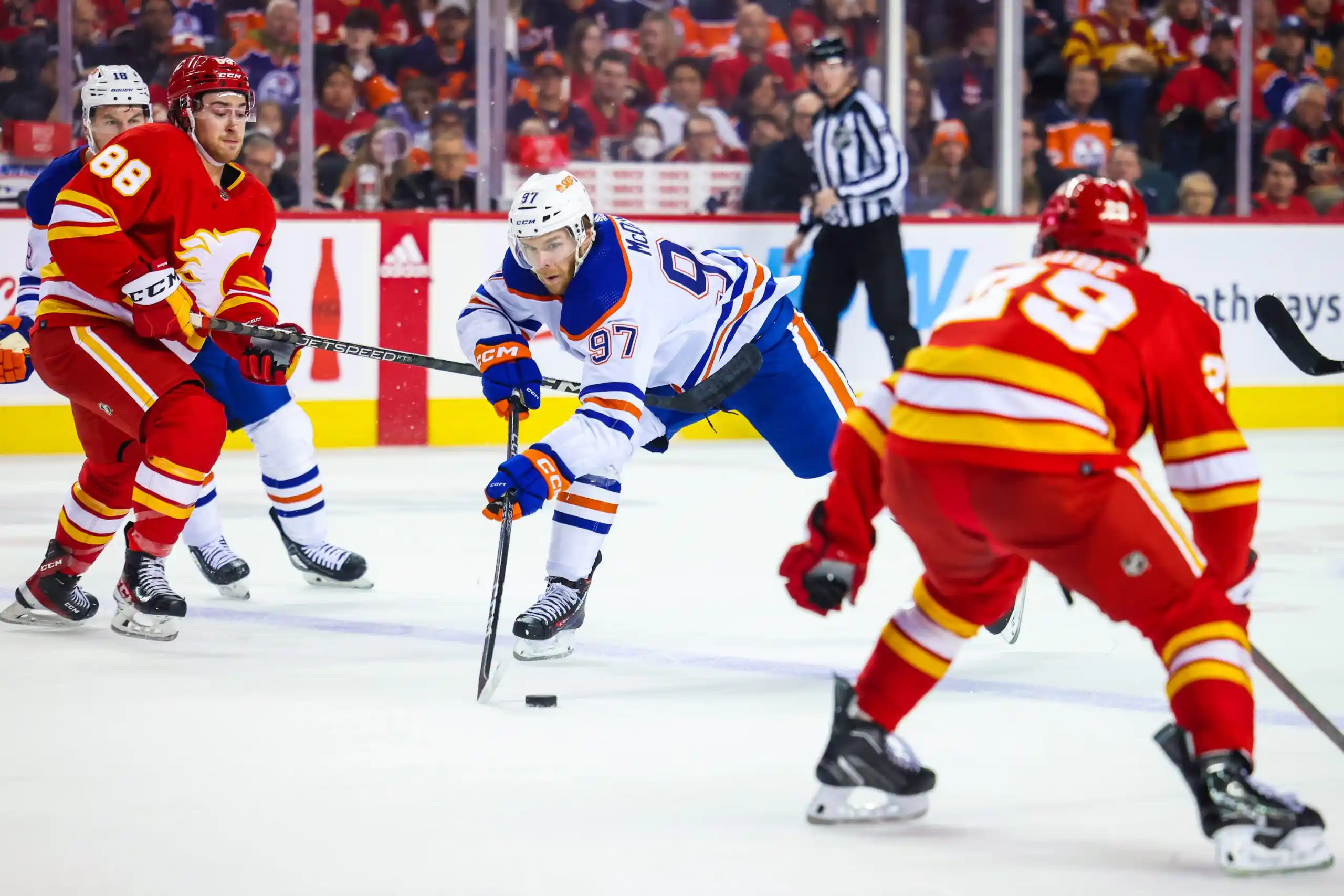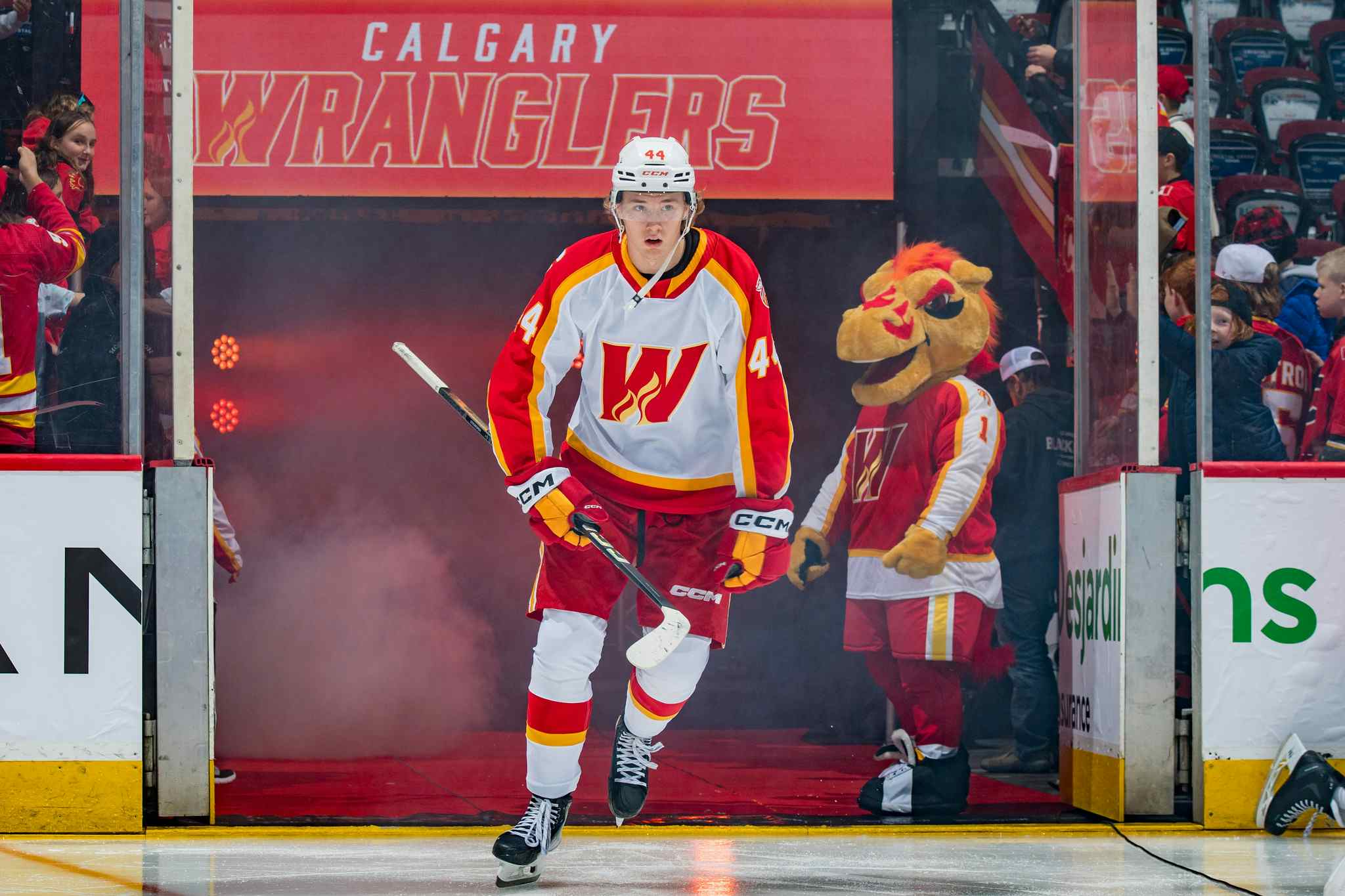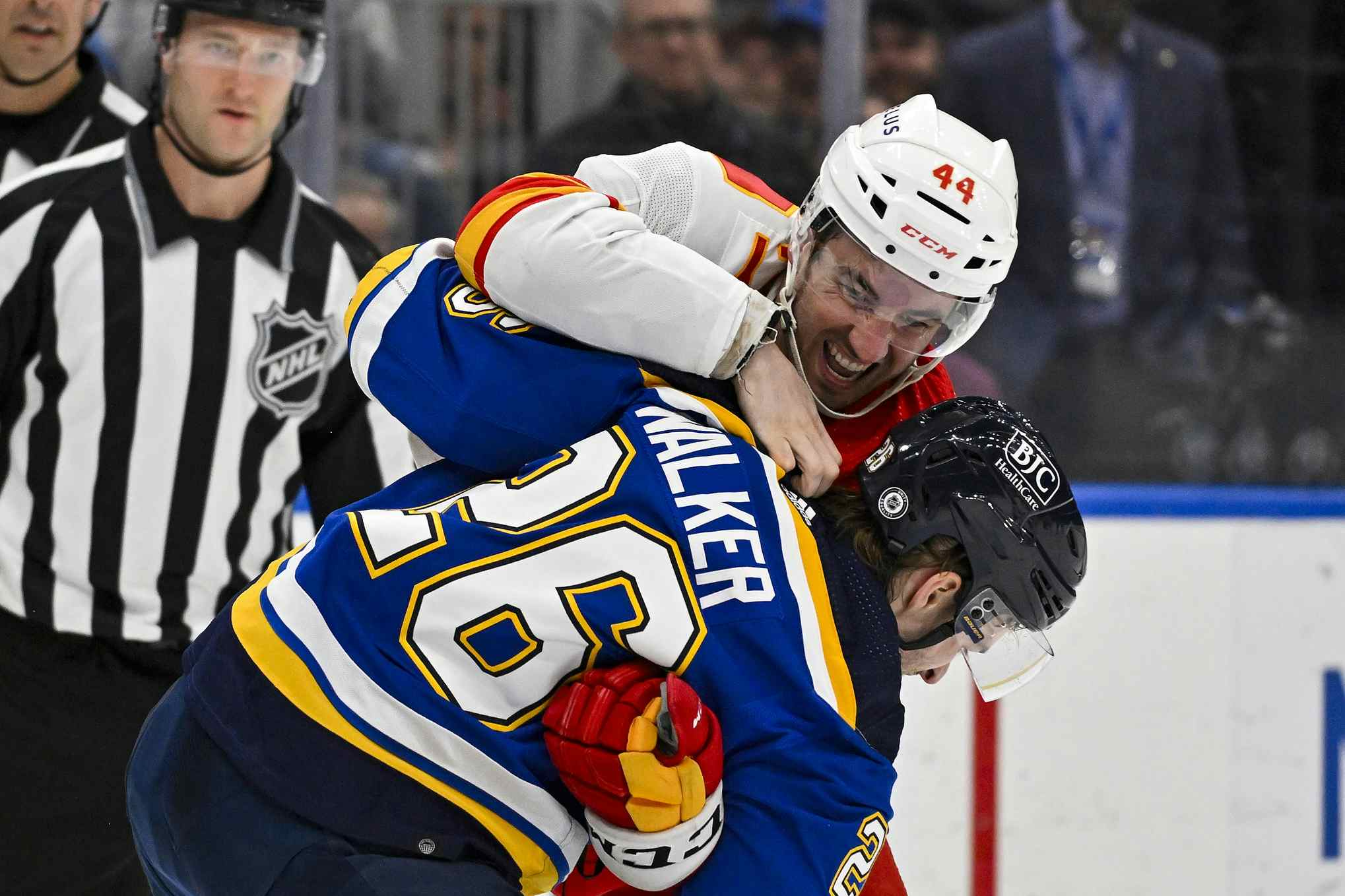CBA School: Article 9 – Entry Level Compensation

By Ryan Pike
4 years agoWelcome back to CBA School, friends. Good news! We’re into one of the most straightforward parts of the CBA, the part that defines and structures entry level contracts.
Let’s dive into Article 9: Entry Level Compensation.
“Group 1” players and contract duration
Section 9.1 defines two things. First, and this isn’t really used as shorthand by anybody in hockey, but players on entry level contacts are referred to within the CBA as “Group 1 players.” Everybody in hockey refers to them as ELC players because it’s a less confusing terminology.
Anyway, 9.1(b) defines the contract length based on the age when a player signs their ELC:
| Signing Age | Duration |
| 18-21 | 3 seasons |
| 22-23 | 2 seasons |
| 24 | 1 season |
| 25 or older | not subject to a limit |
The exception to this is European free agents. Remember how in Section 8, Europeans can be drafted until they’re 21? Well, under Section 9.1(c), undrafted European players that sign at ages 25-27 are subject to entry level rules for their first contract (which is capped at one season). Europeans signing at ages 28 or older have no limits.
The slide rule
The “slide rule” is one of the most commonly-cited parts of the CBA. It’s defined by Section 9.1(d). Here’s what it means:
- If a player signs their ELC at age 18 or 19, their deal “slides” by a season unless they play 10 (or more) NHL games in that first season.
- If the player signs at 18 and their deal slides once (in their 18-year-old season), their deal can slide a second time in their 19-year-old season if they don’t play 10 (or more) games in that season.
This happens a lot. Oliver Kylington signed at 18 and his deal slid twice while he played in the AHL. Rasmus Andersson has a late birthday, so he began his first AHL season when he was 19 and so his deal slid, too.
Definition of age
Remember how there was a very specific definition of age in Article 8 (related to the draft)? Well, Article 9 has its own definition, but it’s simpler. For the purposes of ELCs, your signing age is however old you are on September 15 of whatever year you signed.
Remember how we referenced Andersson’s late (October) birthday? He signed in September 2015 when his “CBA age” was 18 – he turned 19 in real life the next month. Because of the slide rule and the way age is defined, there’s a good amount of value in players with late birthdays (e.g., prospects who are older relative to the rest of the players in their draft class) because you get potentially two slide years out of their ELCs.
Performance bonuses
ELCs can have performance bonuses within them of one of two different kinds, which are on top of the contract’s salary.
Section 9.5 says, referring to Exhibit 5 located elsewhere in the CBA, that ELCs can have Schedule A and B performance bonuses subject to the limits described within that Exhibit. (We’ll get into these bonuses later, but the first overall picks almost always “max out their bonuses” by being given deals with up to $2.85 million in Schedule A and B bonuses. Lower first round picks get fewer bonuses, with late first rounders usually not getting many at all.)
Now, Section 9.7 mentions a second type of bonuses: games played bonuses. Several Flames players – Andersson, Kylington and Dillon Dube among them – have GP bonuses in their ELCs. GP bonuses have no limit, but can only be incrementally given out at 5, 10 and more than 10 GP.
Some other ELC quirks
Other sections detail some minor ELC details:
- Section 9.3 defines maximum NHL salary per season ($925,000)
- Section 9.3 also defines that signing bonuses are capped at 10% of a player’s NHL salary in any season
- Section 9.4 defines maximum AHL salary per season ($70,000)
- Section 9.4 also defines that all ELCs are two-way contracts
- Section 9.5 notes that players on ELCs can be assigned to the ECHL without player consent
Recent articles from Ryan Pike





